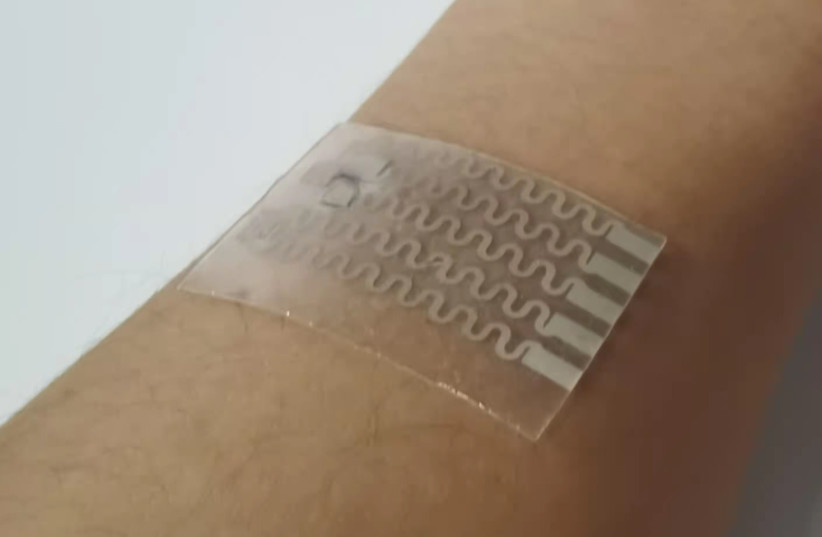A team of researchers at the Laboratory for Nanomaterial-based Devices (LNBD) in the Technion say that they have devised a method to bring the field of medicine – particularly, surgery - a giant leap forward.
The staple of any surgeon is an ability to cut, and tie back together. But stitches often come with a risk of infection, as well as a need for a second removal procedure if the thread is non-dissolving.
Prof. Hossam Haick and his lab at the Haifa-based Technion Institute of Technology claim that they can now make the old-fashioned suture a thing of the past.
In an article they recently published in Advanced Materials, the team describes how they created a nanomolecular mesh that effectively binds the skin within seconds, as well as protects the wound from further inflammation.
Bones, skin and wounds can fix themselves if given the chance. Basically, all materials and procedures that connect wounds are there to help the body heal biologically. When you accidentally slice your hand chopping vegetables, the go-to solution since ancient Egyptian times has been to make sutures that bring the edges of the skin closer to help it create new tissue and reconnect.

The Technion team developed a polymeric mesh dressing with sulfur, nitrogen and cetyltrimethylammonium bromide, which contracts the wound edges and allows skin healing – without the stitches holding it together.
Wounds held with stitches are often still susceptible to infection, a major complication of any wound or surgery.
The fantastic new nanomaterial device can solve this issue from another perspective as well – using sensors in the bandage to monitor infection.

“I was watching a movie on futuristic robotics with my kids late one night,” the professor said, “and I thought: What if we could really make self-repairing sensors?”
The dressing from Haick's lab – based on studies by Muhammad Khatib, an understudy on his team, and postdoctoral fellow Dr. Ning Tang – incorporates sensors for pH acidity levels, sugar (glucose) levels and changes in temperature - all indicators of a possible bacterial invasion of the tissue.
Upon detecting an infection, the mesh would also have the capacity to release antibiotics directly onto the area.
“It’s a new approach to wound treatment,” Haick said. “We introduce the advances of the fourth industrial revolution – smart, interconnected devices – into the day-to-day treatment of patients.”
